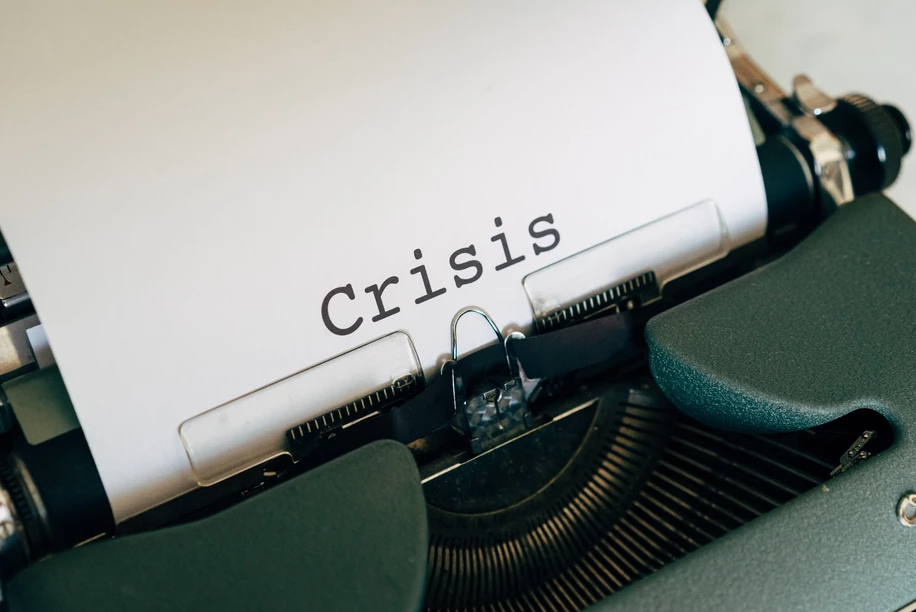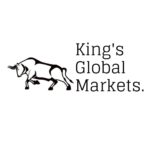
By Stanislaw Borawski, Head of the Economics Institute at King’s Global Markets and Economics Editor at The London Financial
We are currently facing one of the biggest, if not the biggest, economic recessions witnessed in the past century. Due to strict lockdown rules, most countries have contracted GDP losses of between 7% to over 11%. With no prospect of an effective and easily-distributed vaccine being released this year and in fear of the so-called ‘second wave’ (although it is difficult to determine whether the first one has ended, especially from a global perspective), uncertainty among investors grows day by day while thousands lose their jobs daily.
The International Labour Organization recorded that the income percentage of workers from all parts of the world plunged by 10%. Based on the number of working hours lost due to the impracticality of working from home for workers such as builders, bartenders or local vendors, (not all companies could afford to send their workers on furlough) the economic loss amounted to $3.5 trillion. It is the equivalent of almost half a billion full-time jobs lost in a matter of only a couple of months. To make things worse, the pandemic hit workers in emerging economies even harder. Compared to high-income countries, the difference constitutes around 6%. Nevertheless, the forces of globalization bind economies together, and therefore the prospects for a global recovery is problematic, to say the least.
The picture of the world economy, however, is not entirely tainted. The lockdown obligated people to stay at home, which for many remote workers became a quest to find a balance between their professional and social life both confined to a flat/house. To see the effects of their efforts, one should look at the Good and Services market. The latter, which includes restaurants, diners, bars and pubs, is still suffering from the limited number of clients permitted by governments and people’s general tendency to avoid larger crowds. The number of locals dropped by almost 40%. The market for goods, on the other hand, recovered to their pre-pandemic level in July thanks to people’s need to enrich their in-home lifestyles with items such as fancy tech (tablets or laptops) or gym equipment (dumbbells, resistance bands).
America’s $2.2 trillion rescue package is the largest in the country’s history and it amounts to roughly 9% of its GDP. The package is supposed to provide financial support to individuals and small businesses as well as provide huge loans to large corporations and airlines toppled with a $130 billion booster for healthcare alone. Whether the package will only maintain the composition of the US economy – one of high inequality – or lead to a shift, I’ll leave to the reader’s judgement. Surprisingly, the Chinese economy seems to be the only one ending the year on the positive side. It is said that it is supposed to notch a 5% growth in the 3rd quarter of 2020, only 1% below the growth rate achieved in the same period in 2019. In the case of a second wave, OECD predicts China’s GDP will retract by 3,7% at the highest.
If the two most powerful economies seem to be remedying the slump, it is tempting to think that not all is bad. Unfortunately, it isn’t quite the case for one simple reason – contingency. Firstly, the earliest we can expect for a widely-available vaccine is mid-2021. Until this time, cases can resurge, and thus our coveted ‘return to normal’ postponed. Secondly, the mysterious ‘second wave.’ Globally speaking, we might be still talking about the first wave reaching its peak in countries such as Brazil or India with the latter reaching almost 100,000 infections per day. Regardless, should the infections increase or not, the prospects for recovery are grim. Global economic activity will still fall by at least 6% and the unemployment rate will nearly double in comparison to what it was prior to the outbreak. It seems that we will need to wait for a V-shape to appear in graphs: the global economy is going to grind for a while before coming back up.
BIBLIOGRAPHY:
https://www.economist.com/finance-and-economics/2020/09/16/is-the-world-economy-recovering
https://www.ft.com/content/fabd4737-fa29-45ca-ad62-1b04c71d7b6a
https://www.oecd.org/newsroom/global-economy-faces-a-tightrope-walk-to-recovery.htm
https://www.nytimes.com/2020/09/17/health/covid-vaccine-when-available.html

King's Global Markets - KGM
King’s Global Markets is a community of students dedicated to the advanced study and application of global financial markets, economics and global business.